In order to grow, cells have two options. They must either replicate themselves to create more cells, or the cells themselves must expand in volume. In humans, tissues such as the skin and blood contain cells that are actively dividing, while other tissues such as fat contain cells that expand. There are cells too those never divide again once they are terminally differentiated e.g. neurons.
In the process of replicating themselves, cells have another choice. Do they want to make an identical copy and be left with two cells? Or do they want to make four “half-copies”, in preparation for sexual reproduction, where their genetic content will be made whole again by the process of fertilization? This choice is between Mitosis or Meiosis.
But a typical diploid cell (2n), there are two copies of each chromosome. Homologous chromosomes or homologues, are pairs of chromosomes identical in size, shape, and (for the most part) gene sequence, that interact during meiosis.
Definition: Meiosis is a type of cell division in sexually reproducing eukaryotes, resulting in four daughter cells (gametes), each of which has half the number of chromosomes as compared to the original diploid parent cell.
There are two stages which occurred periodically:
Best safe and secure cloud storage with password protection
Get Envato Elements, Prime Video, Hotstar and Netflix For Free
Best Money Earning Website 100$ Day
#1 Top ranking article submission website
- Meiosis 1
- Meiosis 2
Meiosis 1
There are 4 phases in Meiosis 1. These are :
A) Prophase 1
There are 5 sub phases:
i) Leptotene
- Chromosomes appear as thin thread.
- Chromosome condensation starts.
- Dehydration of chromosomes.
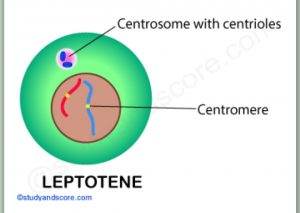
ii) Zygotene
- Paring of homologous chromosome.
- Chromosomes are more shorter and thicker.
- A pair of homologous chromosomes laying together,known as bivalent.
- Formation of synaptonemal complex.
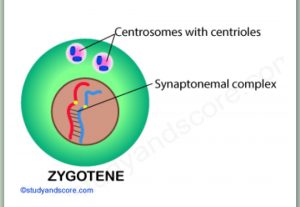
iii) Pachytene
- Formation of chiasmata.
- Exchange of chromosomal segments in between two non-sister chromatids,this process is called crossing-over.
Good to know
- A chromosome with two visible chromatids- dyas.
- Two homologous chromosomes with four chromatids- tetrads.
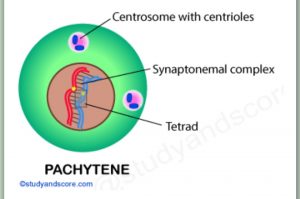
iv) Diplotene
- Homologous chromosomes start to separate but remain attached at chiasmata.
- Repulsion of homologous chromosomes,this is called disjunction.
- Two centromeres start moving to opposite poles.
- If one chiasma forms,the bivalents are looked like cross ‘X’ shaped.
- If two chiasmata form,the bivalents are looked like cross ring shaped.
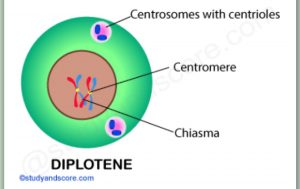
v) Diakinesis
- Bivalents are more thick and short than diplotene.
- Terminalization of chiasmata.
- Nuclear membrane starts to break down.
- Disappearance of nucleolus.
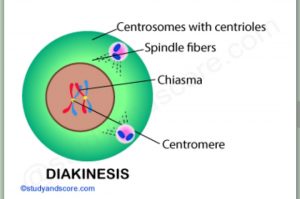
B) Metaphase 1
- Terminalization of chiasmata completed.
- Bivalents are in maximum short and thick condition.
- Bivalents are arranged at equatorial regions of cells.
- Nuclear membrane and nucleolus absent.
- Spindles are attached with centromeres.
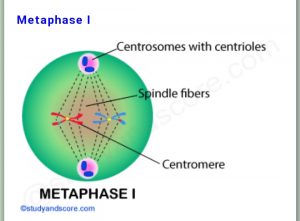
C) Anaphase 1
- Each chromosome of the homologous pair get separated and move to opposite poles with continuous contraction of spindle fibre.
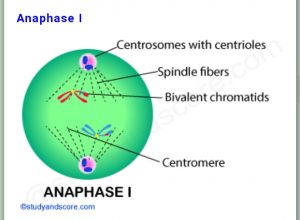
D) Telophase 1
- Chromosomes are arrived at the opposite poles.
- Nuclear membrane can reform in telophasein some species.
- In case of others,they skip the formation of nuclear membrane.
- Cytokinesis usually occur and cytoplasms are divided into two daughter cells.
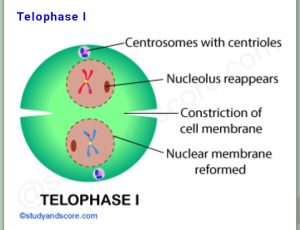
Cytokinesis of Meiosis 1
- The cell membrane constricts and two daughter cells are formed.
- These daughter cells have chromosome consisting of one of its original chromatids and the other has the mixture of segments from its own and a segment of chromatid from its homologue.
- The formation of nuclear membrane and the nucleus is completed at this stage.
- And finally the daughter cells are ready to proceed to the next stare, Meiosis II.
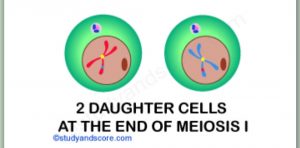
Meiosis 2
There are 4 phases in Meiosis 2. These are:
A) Prophase 2
- Chromosomes begin to condense.
- Nuclear membrane and nucleolus disappear.
- Spindle fibre form and begin to attach with centromeres.
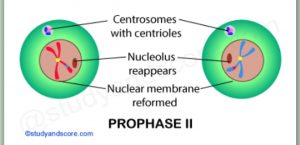
B) Metaphase 2
- Chromosomes are arranged at the centre of the both daughter cells.
- Chromosomes are short and thick.
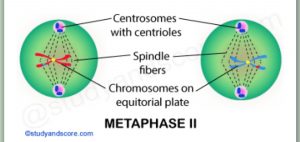
C) Anaphase 2
- Chromosomes get divided.
- Sister chromatids move towards opposite poles with continuous contraction of spindle fibre.
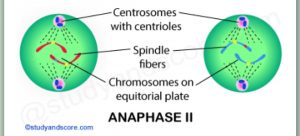
D) Telophase 2
- Sister chromatids are arrived at the poles.
- Hydration of chromosomes.
- Formation of nuclear membrane and nucleolus.
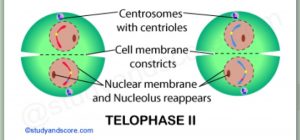
Cytokinesis of Meiosis 2
Cytokinesis of the daughter cells cause the formation of two cells, in other words from the two daughter cells of the first meiotic division, four cells are produced each with haploid set of chromosomes.
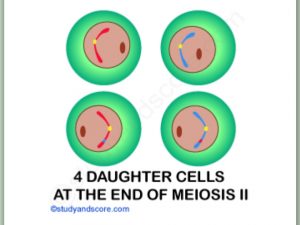
Revised by
- Khaleda Akter Shompa on 13 August, 2020
 Plantlet The Blogging Platform of Department of Botany, University of Dhaka
Plantlet The Blogging Platform of Department of Botany, University of Dhaka


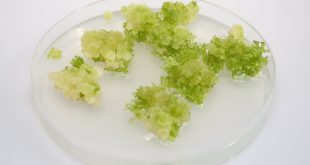
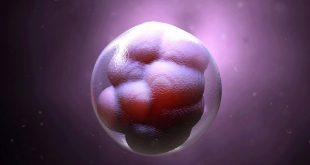
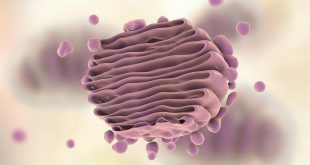
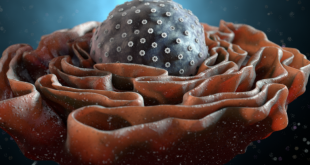
Very good article for quick view.
Please concern few things:
1. Add discussion before starting point-wise development.
2. Try to describe most of the terms like as chiasma, bivalent etc. in brief.
I am going to try working on the following points that you suggest.